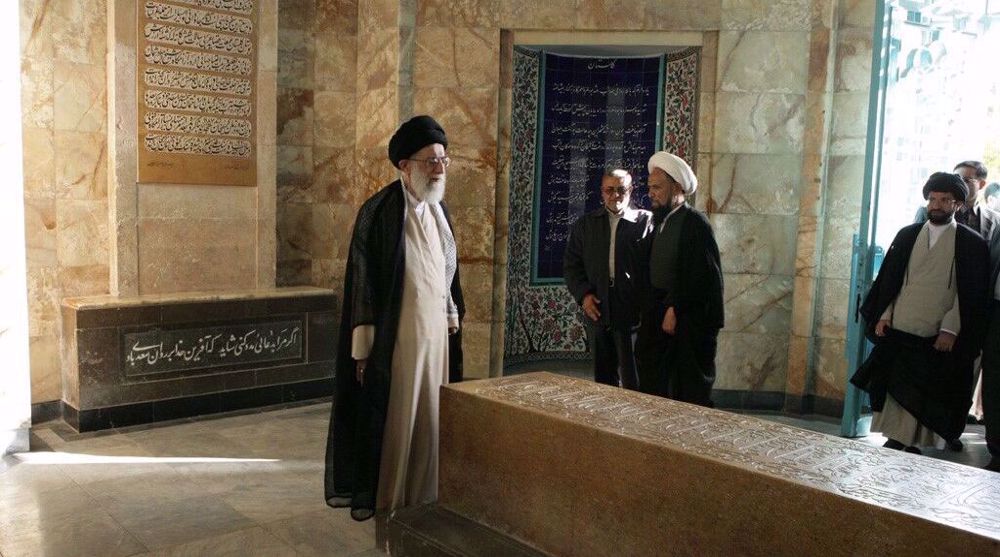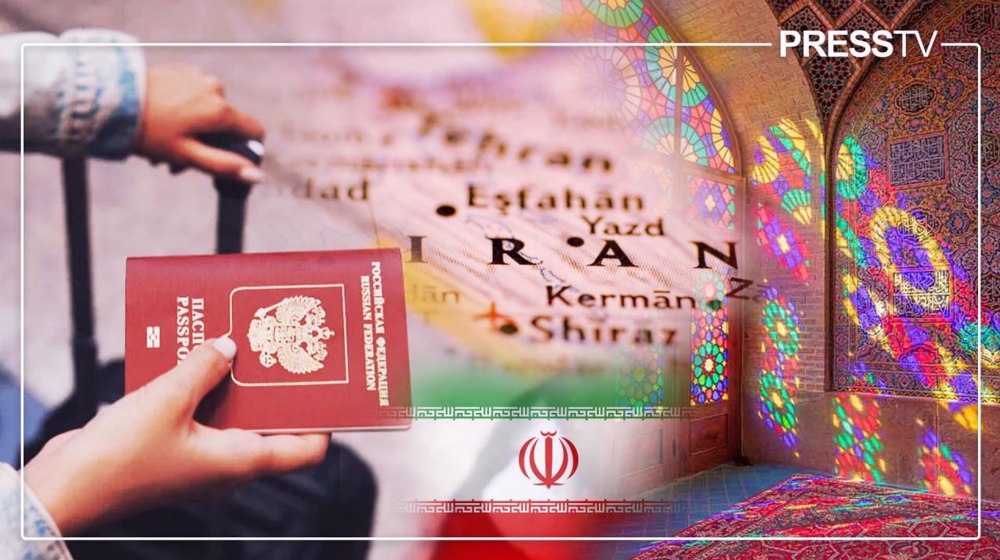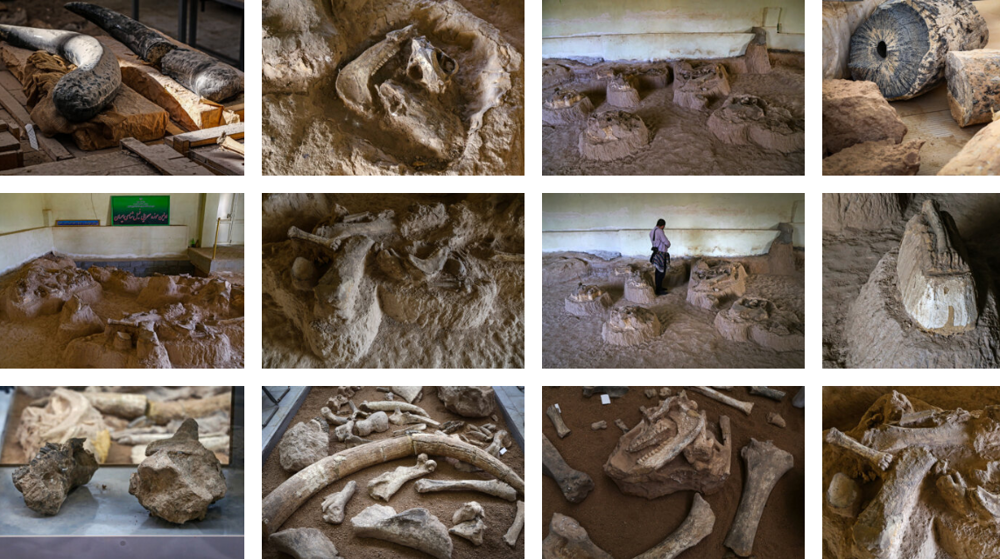Naqash-e Jahan Square: Manifestation of Iran’s oriental allure
By Arghavan Shamsara
Naqsh-e Jahan Square in the central Iranian city of Isfahan has for centuries embodied the oriental essence of Iran’s art and culture.
Constructed between 1598 and 1629, during the Safavid era, Naqsh-e Jahan Square has for centuries been known as the highlight of Iranian urban and architectural designing.
Naqsh-e Jahan, meaning the “Image of the World” in Persian, was designed by architecture maestros Mohammadreza Esfahani and Ali Akbar Esfahani. It is also referred to as Imam Square and Shah Square.
The square, which is one of the largest city squares in the world (560 meters long and 160 meters wide), is surrounded by four architectural monuments including the Imam/Shah Mosque on the southern side, the Ali Qapu Palace on the western side, Sheikh Lotfollah Mosque on the eastern side and Qeisaria gate on the northern side.
The four monuments are located at the center of two-storey arcades of traditional bazaars with hundreds of shops selling masterpieces of Iranian handicrafts and other local products.
The open space of the center of the square is currently ordained with a massive turquoise pool and green area.

The UNESCO World Heritage site was the focal point of a colossal urban development plan, masterminded by prominent scientist Shaikh Bahai, when Shah Abbas decided to move the capital of the Persian Empire from the city of Qazvin to Isfahan in 1598.
The relocation of the Iranian capital city was aimed at distancing the country’s political center from any potential aggressions by the Ottoman Empire and the Uzbeks and wielding more control over the Persian Gulf which has long served as one of the world’s most strategic international commercial routes.
The design of Naqsh-e Jahan incorporates the three main socio-political components of power in Iran, including the power of the clergy, represented by the Imam/ Shah Mosque, the power of the merchants represented by the Imperial Bazaar and the power of the Shah signified by Ali Qapu Palace.
Imam Mosque
The construction of the grand mosque, also known as Masjed-e Shah, began in 1611. Located on the south side of the square, the religious site is crowned with the largest dome in the city and two 42-meters minarets to give it a vision of grandeur as the pinnacle of one thousand years of mosque architecture in the country. The royal mosque also has a religious school and a winter-mosque at either side of it.

The splendid beauty of its intricately-designed seven-color mosaics, calligraphic inscriptions and mesmerizing labyrinth of arcades, domes and pillars have turned the mosque into a symbolic image of Iran and the oriental world.
Due to its unique architectural design, if somebody makes a small sound exactly under the dome of the mosque, the sound strongly resonates throughout the entire vast hall of the grand mosque. The quality has turned the mosque into one of the wonders among outstanding Iranian monuments. The UNESCO World Heritage mosque is a hub for many tourists from different parts of the world who are eager to directly witness the phenomenon at the site.

In the following video, a tourist hums a tune under the dome of the mosque, with her voice echoing throughout the chamber.
Sheikh Lotfollah Mosque
Since the mosque was exclusively built for the members of the royal court, the magnificent beauty of the structure was not known to the world, until its doors were opened to the public centuries later.
Located on the eastern side of Naqsh-e Jahan, the mosque is smaller in size and does not have minarets. Despite its simple structure, the decoration of both interior and exterior is exceedingly complex and many art experts consider the site as the most important masterpiece in the historic square, due to its unique architectural and aesthetic qualities.

Upon reaching the half-moon shaped entrance of the mosque, visitors would have to walk through a labyrinthine passage until they finally reach the main building.
The exquisite tile-work of the mosque is artistically far superior to those covering many other famous mosques in the world. The mosaic designs of the interior shell of its dome, combined with patterns of natural light reflected from its floral windows, portray the patterns of Peafowl feathers.

To avoid walking across the Square to the mosque, Shah Abbas and his entourage walked through an underground hallway that connected the mosque to Ali Qapu Palace from beneath the square.
Ali Qapu Palace
Located on the West side of the square, opposite to Sheikh Lotfollah Mosque , the six-storey royal palace is 48 meters high. The name connotes the supreme gate to the complex of palaces of the Safavi Government.
It was build upon the order of Shah Abbas I in the early seventeenth century and it was the place where the monarch used to entertain noble visitors, and foreign ambassadors.

The palace is rich in naturalistic wall paintings with mesmerizing floral, animal, and bird motifs as well as mirror works decorating the walls, ceilings, doors, windows and pillars of the monument.
On the sixth floor, called the Music Hall, various ensembles performed music and sang songs. The walls of the hall were decorated with deep circular niches which served both aesthetic and acoustic puprposes.

From the upper galleries of the palace, the Safavid king watched Chowgan (polo), maneuvers, parades and the horse-racing, in the middle of Naqsh-e Jahan square.
Qeisaria gate
The gate is located on the northern side of the square and for centuries has served as the gateway to Isfahan’s grand Bazaar.
Qeisaria is currently a two-storey structure, but in the past it used to have a third floor which served as a drum hall for announcement of time during the day.
Bazaar
A section of Grand Bazaar of Isfahan, one of the greatest bazaars in Middle East, starts from Qeisaria gate on the northern side of Naqsh-e Jahan.
The square is surrounded with two-storey buildings of traditional artifact workshops and souvenir stores, which sell numerous types of Iranian art masterpieces, including turquoise plates, Persian-style metal engravings and exquisite wooden handicrafts.
During the Safavid era, the square was occupied by the tents and stalls of tradesmen as well as entertainers and actors. Moreover, resident population of Turks, Georgians, Armenians, Indians, Chinese and European merchants, artists and craftsmen could be seen in large numbers in different parts of the square.

There was readily available warm food, drink and fruit for the hungry, while water-carriers sponsored by the shop-keepers offered free cups of water to the visitors.
Naqsh-e Jahan would still be cleared off for public ceremonies and festivities, including Norouz (the Persian New Year) celebrations and polo matches from time to time.
Since Shah Abbas era when Isfahan was a cosmopolitan city, Naqsh-e Jahan has still maintained its image as a hub for international visitors, with tourists from different parts of the world coming to experience the oriental magic of the site.
200 days of genocide: Palestinian resistance prevails over occupation
Ukraine launches drone strikes on Russia's energy sites
VIDEO | Anti-US sentiments grow in Iraq as US military presence unresolved
Jamaica officially recognizes state of Palestine
Raeisi attends inauguration of Iran-built mage multipurpose project in Sri Lanka
'Sinwar still supervising Gaza war; Israel deliberately delaying talks on captives'
VIDEO | Press TV's news headlines
UK's Rwanda deportation plan morally disgraceful









 This makes it easy to access the Press TV website
This makes it easy to access the Press TV website